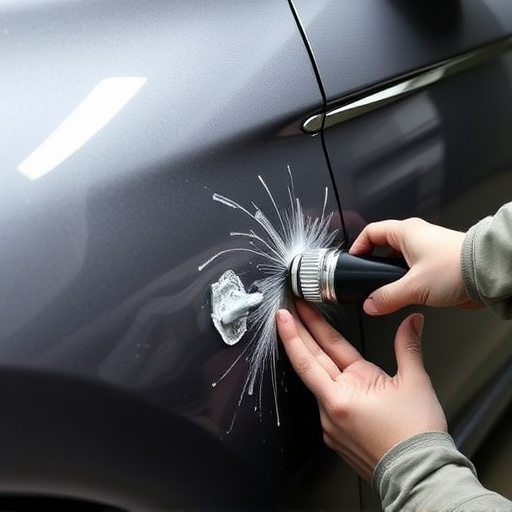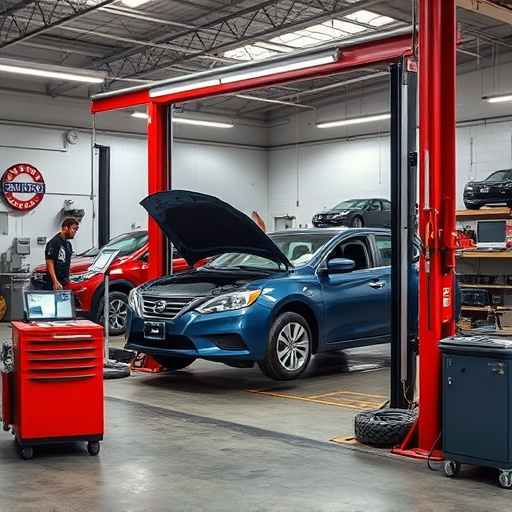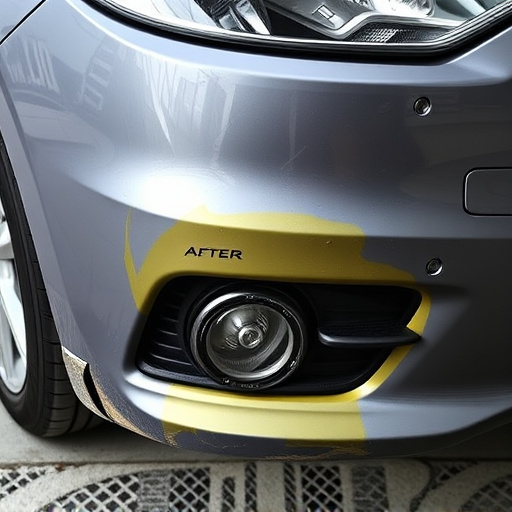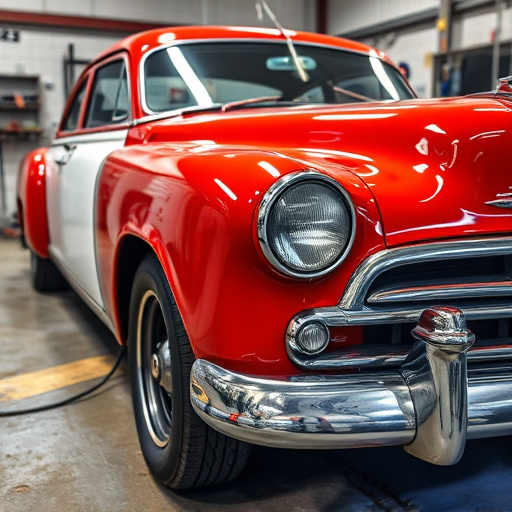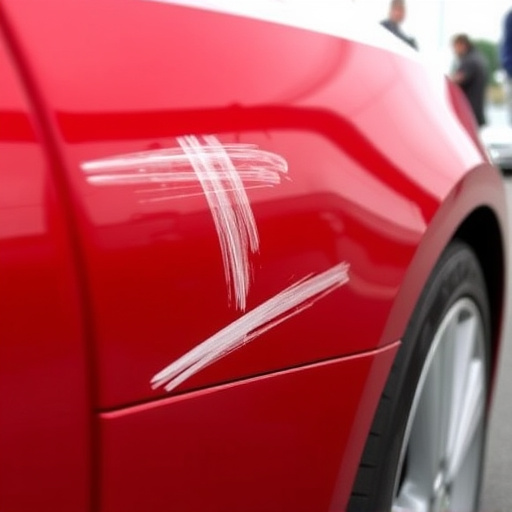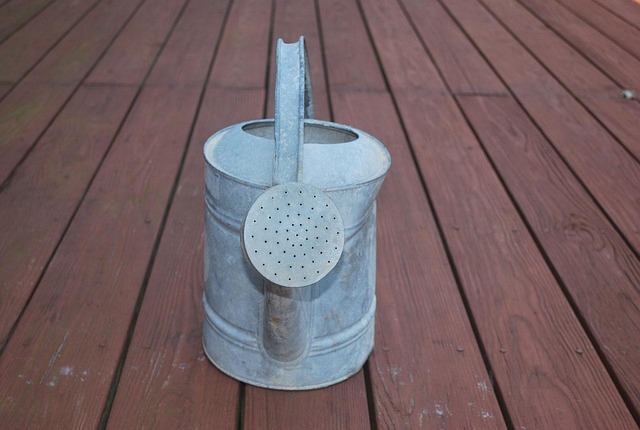Post-repair insurance inspections ensure vehicle quality and policy compliance. Prepare by cleaning and securing parts, organizing documents. Understand next steps after inspection for efficient claims process. Streamline with clear documentation for faster compensation.
Maximizing your post-repair insurance inspection benefits requires a strategic approach. This guide breaks down the process into three key stages. First, understanding your post-repair insurance inspection coverage ensures you know what’s covered and what isn’t. Next, preparing your property involves thorough documentation and repairs to facilitate a successful inspection. Finally, navigating the claims process post-inspection findings demands clarity and communication with your insurer. By following these steps, you can ensure optimal compensation for your repair work.
- Understanding Post-Repair Insurance Inspection Coverage
- Preparing Your Property for a Successful Inspection
- Navigating the Claims Process After Inspection Findings
Understanding Post-Repair Insurance Inspection Coverage

Post-repair insurance inspections are a crucial aspect of ensuring that repairs made to your vehicle meet the required standards and that you receive the benefits promised by your insurance policy. These inspections, often performed by independent assessors, evaluate the quality of the work done by body shop services or automotive collision repair centers. They examine various components, including structural integrity, paint job, and restoration of original features, to verify that the vehicle is in pre-accident condition.
Understanding what’s covered under your post-repair insurance inspection is key. While policies may vary, most will include an assessment of all repaired or replaced parts, including tire services if applicable. This ensures that no unnecessary work has been performed and that any discrepancies are promptly addressed. By availing these services, policyholders can protect their interests, maintain vehicle value, and ensure peace of mind after a repair.
Preparing Your Property for a Successful Inspection

To maximize the benefits of a post-repair insurance inspection, it’s crucial to prepare your property effectively. Begin by ensuring the vehicle is clean and free from any debris or dirt that might obscure damage. A clean car allows for a thorough assessment of every aspect, from exterior panels to interior components. Additionally, make sure all parts are properly secured and in their designated places; this includes wheels, doors, hoods, and trunks.
Organize your documents, including insurance policies, repair estimates, and any correspondence with the insurance company or collision center. These will be essential for verifying the work done and ensuring you receive adequate compensation for a fender bender or car damage repair. A well-prepared vehicle and accompanying paperwork set the stage for a successful inspection, streamlining the claims process and potentially expediting any necessary car damage repairs.
Navigating the Claims Process After Inspection Findings

After a post-repair insurance inspection, understanding the next steps is crucial. The claims process can vary depending on the outcome of the inspection, so it’s essential to stay informed and engaged. If the inspection reveals significant issues that were not addressed during the initial repair, policyholders should immediately notify their insurance providers. This typically involves submitting a new claim or updating an existing one, ensuring all relevant details and documentation are provided.
During this phase, individuals may need to coordinate with their insurers, repair shops, and sometimes even law enforcement (in case of vehicle collision repair). For fleet owners or businesses offering fleet repair services, efficient communication and record-keeping become paramount. Timely updates and clear documentation can help streamline the claims process, ensuring faster compensation for valid post-repair insurance inspection findings.
A post-repair insurance inspection is a powerful tool that ensures you receive the maximum benefits from your repair work. By understanding your coverage, preparing thoroughly, and navigating the claims process effectively, you can leverage this process to restore your property to its pre-damage condition and secure financial compensation for eligible repairs. Remember, knowledge is key – familiarize yourself with these steps to make the most of your post-repair insurance inspection.


